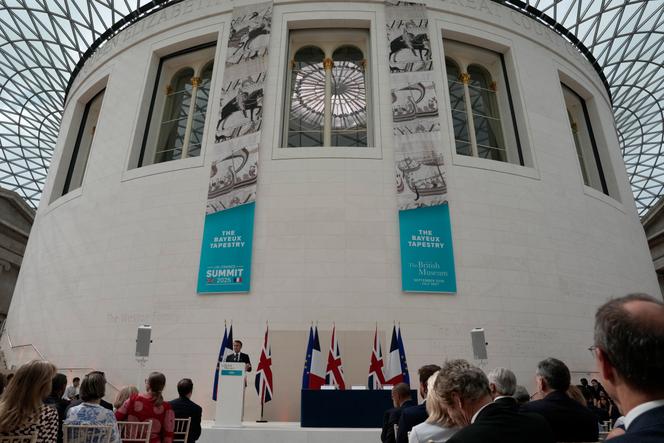


In a forgotten precedent from January 1963, President Charles de Gaulle had shaken the French cultural world by sending the Mona Lisa to the United States to smooth over French-American relations, at a time of disagreements about nuclear weapons and sovereignty. The French leader had overruled opposition from the Louvre's curators, who considered the painting far too fragile for a transatlantic journey.
"There was talk of the risks this painting took by leaving the Louvre. They are real, though exaggerated," André Malraux, then France's culture minister, said at the opening of the exhibition at the National Gallery in Washington, in the presence of US President John F. Kennedy. "But the risks taken by the boys who landed one day at Arromanches, to say nothing of those who preceded them 25 years before, were much more certain."
Later, the painting was sent to Japan in 1974 and then to the Soviet Union. "In all these cases, the goal was to improve diplomatic and commercial relations with those countries," said art historian Laurence Bertrand Dorléac, adding that "works of art are active political agents."
You have 85.1% of this article left to read. The rest is for subscribers only.
